Surgical Procedures
All surgical procedures are carried out in the safest environments in Torino's best private Clinics.
Laser Vision Correction
All the latest treatment modalities are available, including Femto LASIK, PRK, LASEK MMC, SMILE, Wavefront Ablations, Customized Ablations, No-Touch TransPRK, Contura, Femtosecond laser Astigmatic Keratotomy.
Dr Borasio has vast experience in the management of complications such as Flap complications following microkeratome LASIK, corneal haze following PRK, Smile complications and in the treatment of complex corneas which have undergone multiple surgeries, including severe irregular astigmatism following corneal transplantation.
Dr Borasio regulary treats commercial and military pilots and has treated several members of the Special Forces.
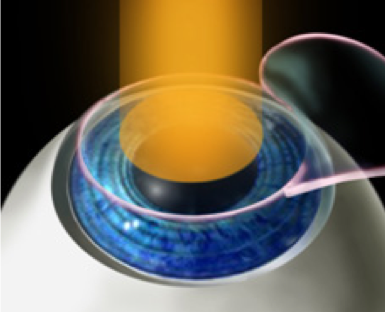
Diagram of excimer laser beam sculpting the cornea after lifting the LASIK flap.
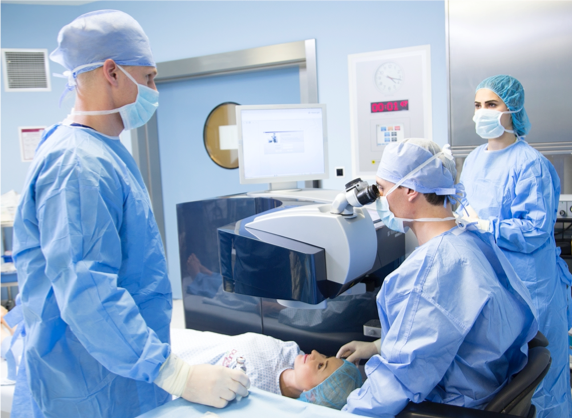
Dr Borasio performing Femto LASIK with the Alcon Wavelight excimer laser.
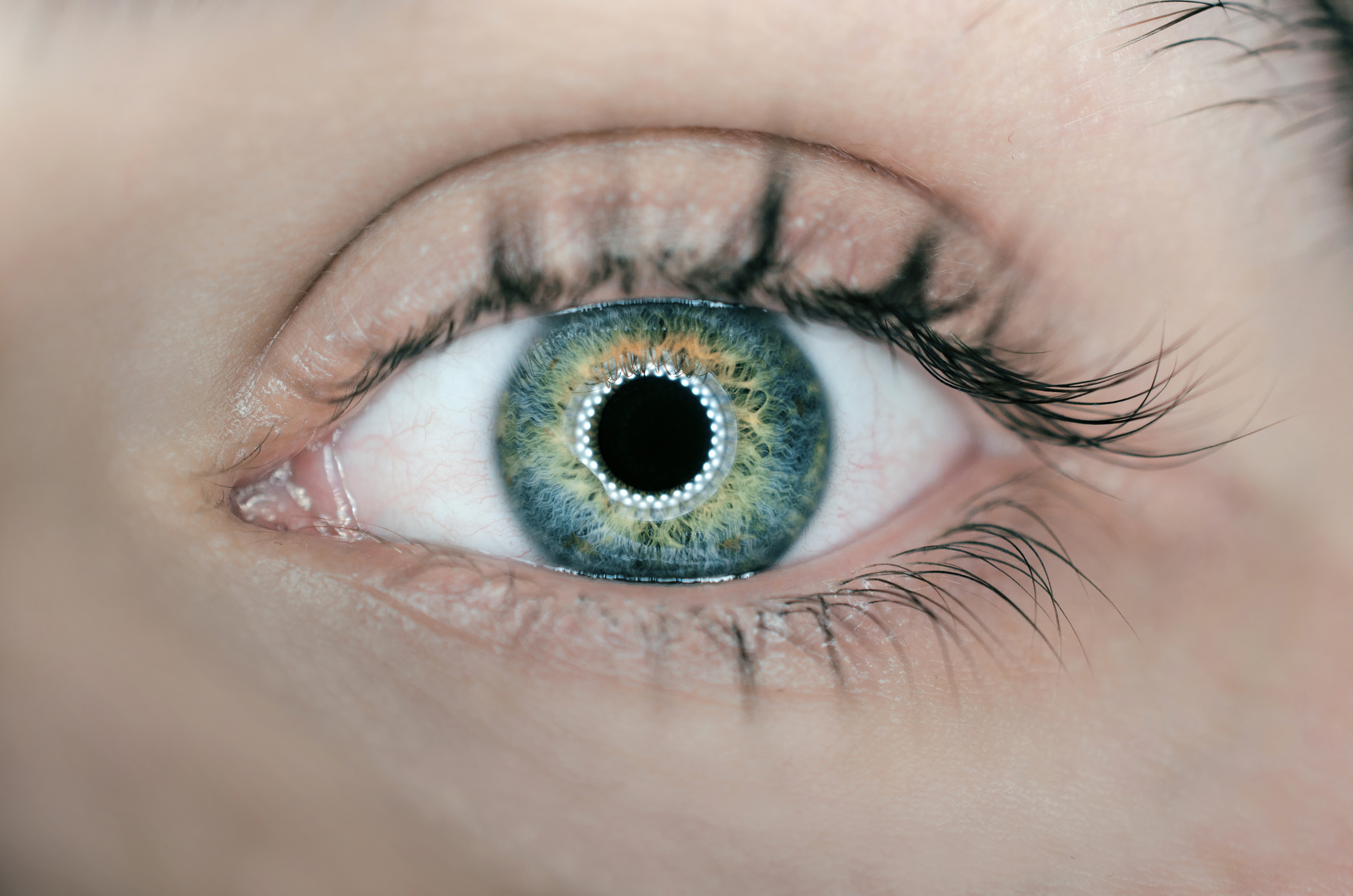
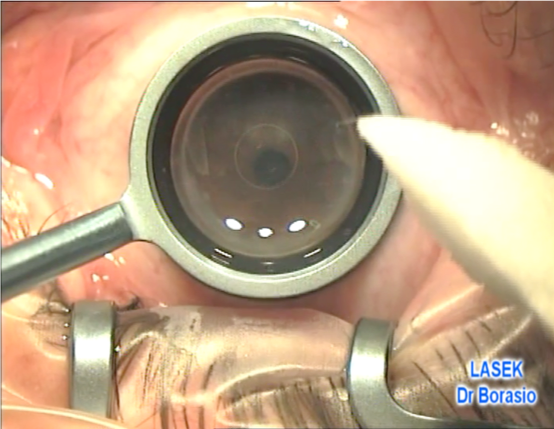
Dr Borasio about to perform epithelial debridement, the first step required in LASEK.
Laser Cataract Surgery
For the greatest accuracy and control of the cut, Femtosecond Laser cataract surgery is now available, enabling a perfect capsulorhexis shape, size and centration and reducing the damage to the corneal endothelium. This is the ideal choice for patients wishing to implant Premium lenses such as Multifocal IOLs and in patients undergoing Clear Lens Exchange.
The laser makes the operation safer, both in standard and in complex cases. 99% of the insurances no longer cover for Femto Phaco due to its elevated cost. Please talk to our team if you wish to receive a customized quotation.
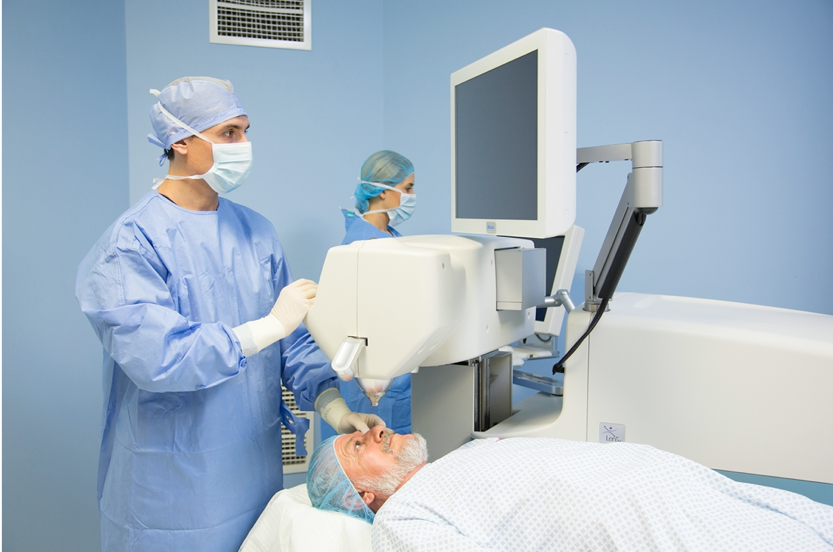
Dr Borasio performing Femtosecond Laser Assisted Cataract Surgery (FLACS - Femto Phaco) with the Alcon LenSx platform.
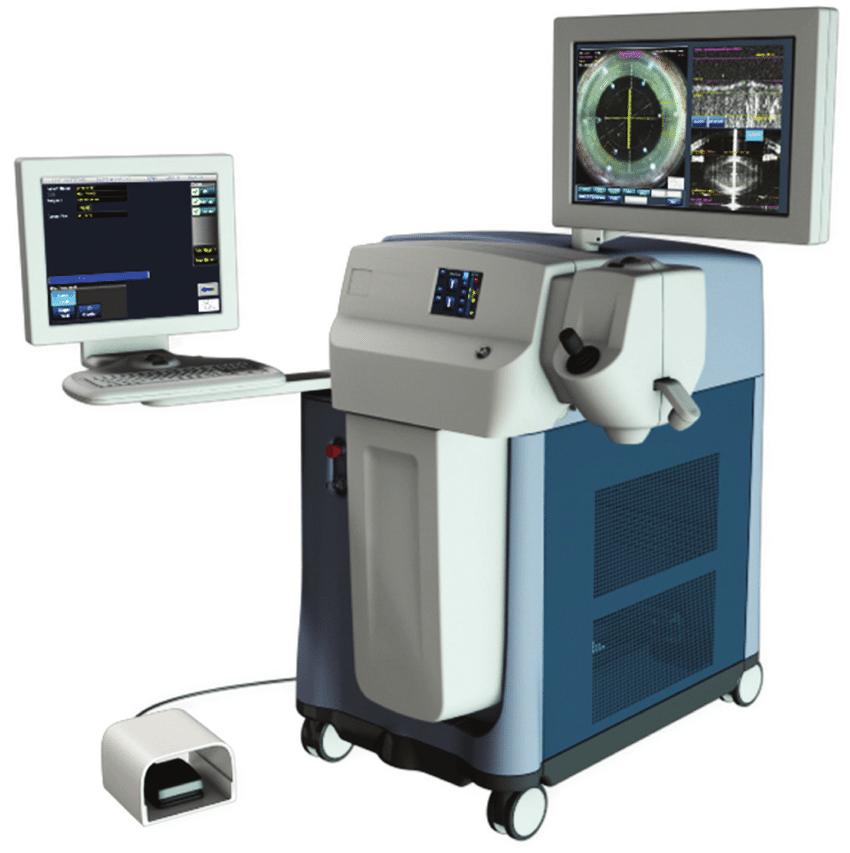
The Alcon LenSx Femto Phaco platform.
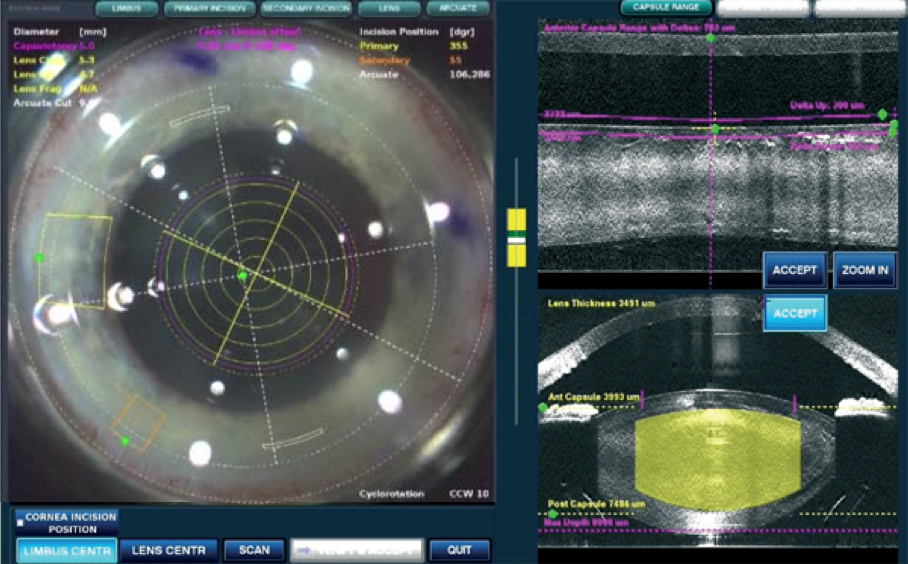
Femto Phaco Treatment planning, where capsulorhexis size, centration and lens fragmentation pattern are set by the surgeon.
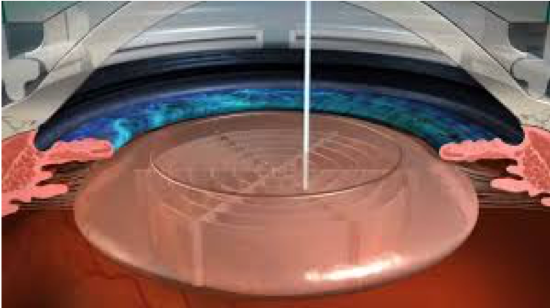
Femto Phaco allows perfect capsulorhexis sizing and centration. In addition to this the laser breaks the cataract in little pieces, allowing less traumatic extraction for the corneal endothelium and the rest of the eye.
ICL Lens Implantation
When the prescription is too high because of either severe myopia (e.g. > -10.00 D); severe hypermetropia (e.g. > +5.00 D); severe astigmatism (e.g. following corneal transplantation) or when the cornea is too weak for laser correction (e.g. in Keratoconus), ICL or Toric ICL Phakic Lens implantation is the ideal option provided the eyes are suitable for this operation following extensive testing.
The safest phakic lens is called VISIAN ICL and Dr Borasio is an officially certified surgeon by STAAR, the company which produces the ICL.
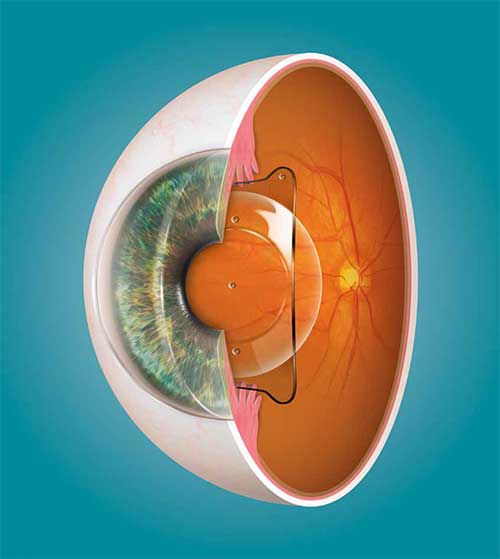
The Visian ICL phakic lens is positioned in the small gap that there is between the iris and the natural crystalline lens.
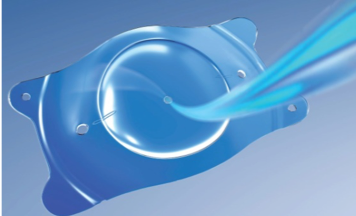
In order to prevent angle closure glaucoma, previous generations of ICL lenses required a hole to be made with the laser in the iris prior to the operation, with consequent bleeding and other complications. The latest generation of ICL lenses no longer requires this.
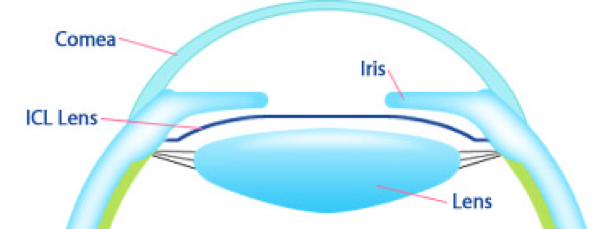
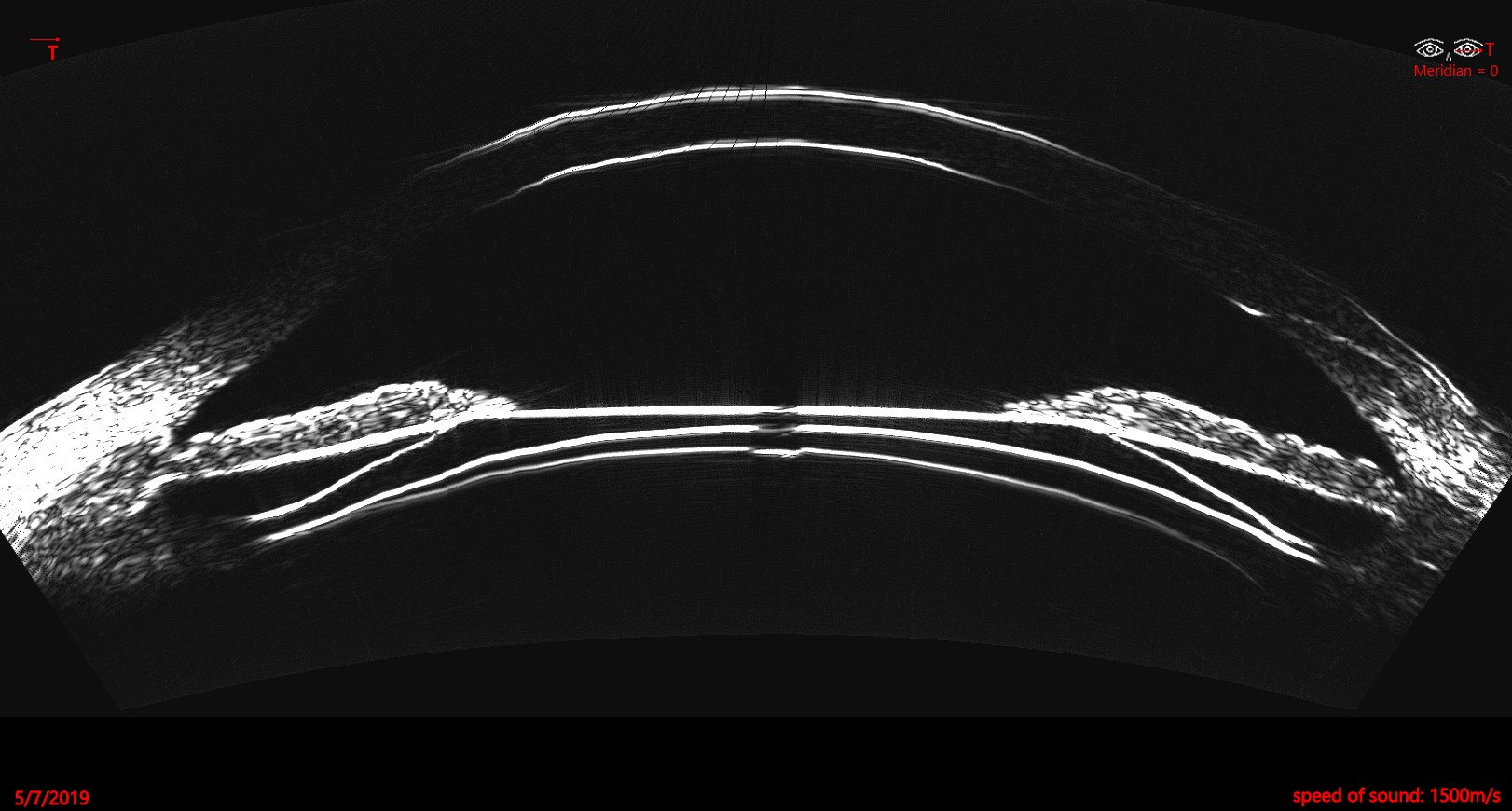
A perfectly positoned ICL phakic lens should not push excessively on the iris and should not press on the crystalline lens.
Clear Lens Exchange
There is no need to wait till you are old and develop a dense cataract before getting rid or your glasses.
Nowadays the natural crystalline lenses of the eyes can be replaced while it is still clear, and replaced with Multifocal (Trifocal) artificial lenses which will corrett both the distance, the near and the intermediate vision and allow you to see without glasses for 90-100% of the tasks.
Technically the procedure is very similar to a cataract operation, but it is done in the absence of cataracts.
Not all patients are good candidates and therefore experience in patient selection, high accuracy in the lens calculations* and flawless surgical technique are essential requisites to achieve consistently good results.
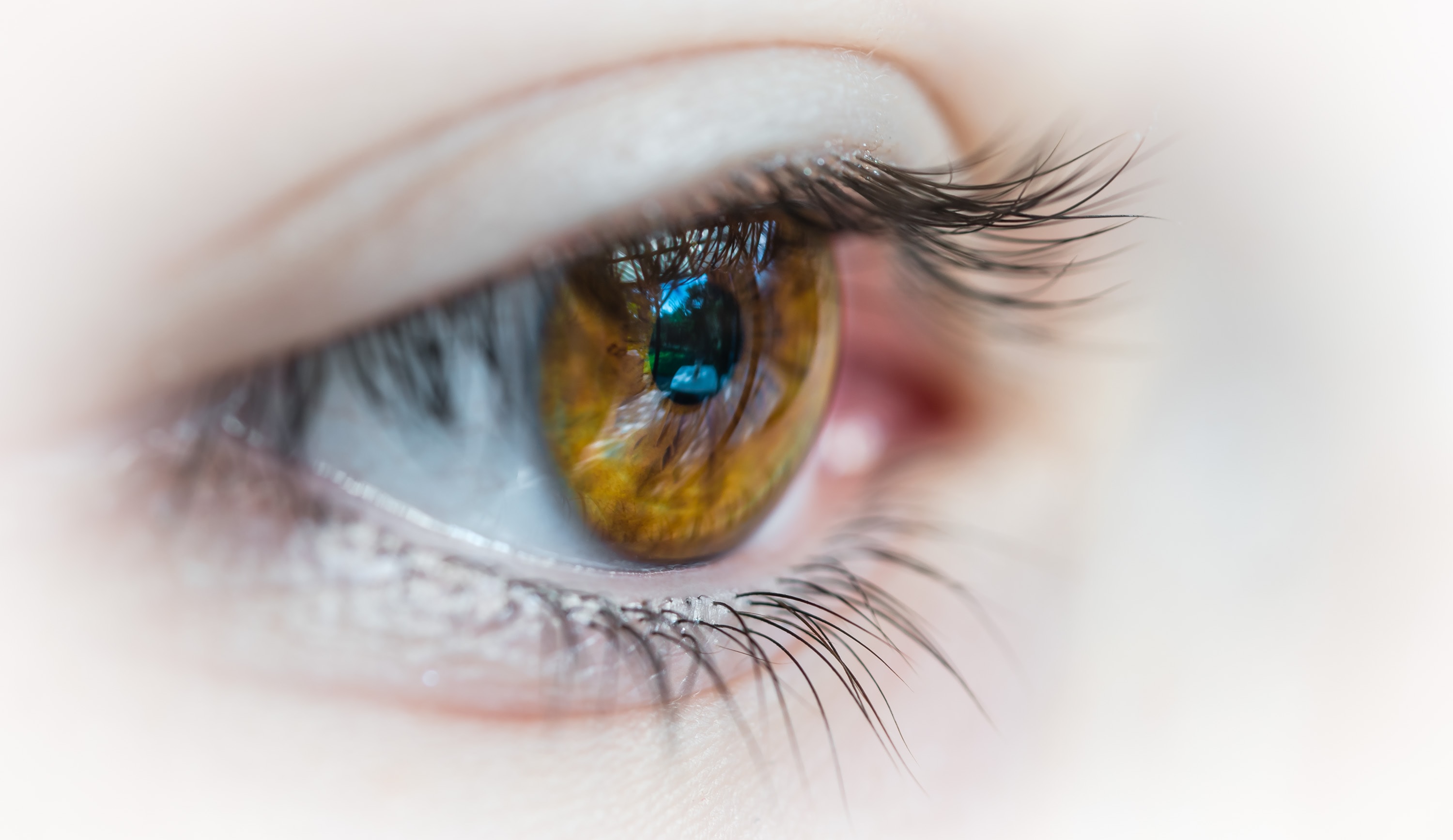
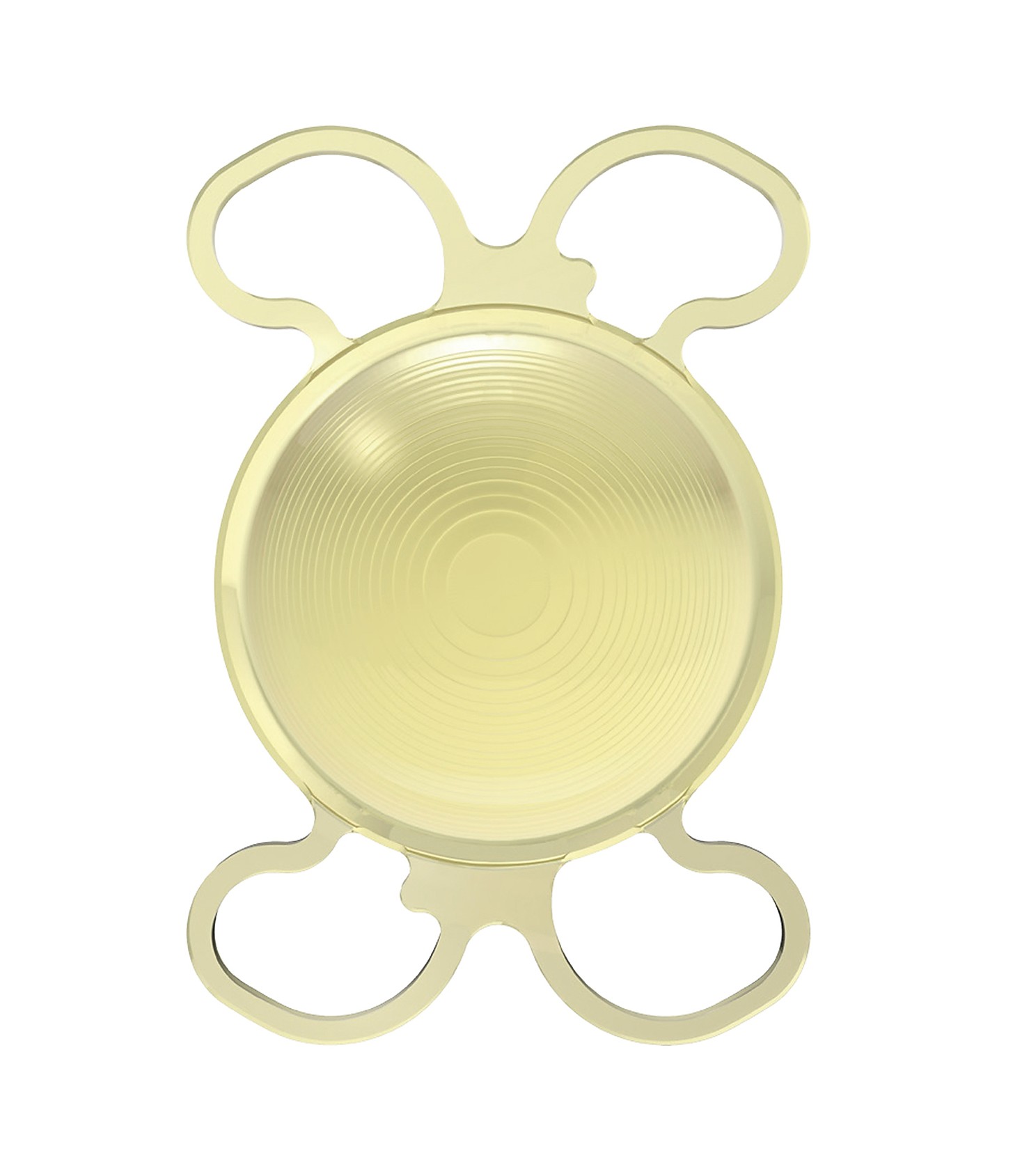
The only Multifocal lenses that provide a comprehensive range of vision (distance, intermediate and near) are the Trifocal IOLs. This is the Physiol FineVision IOL which has an excellent stability in the capsular bag.
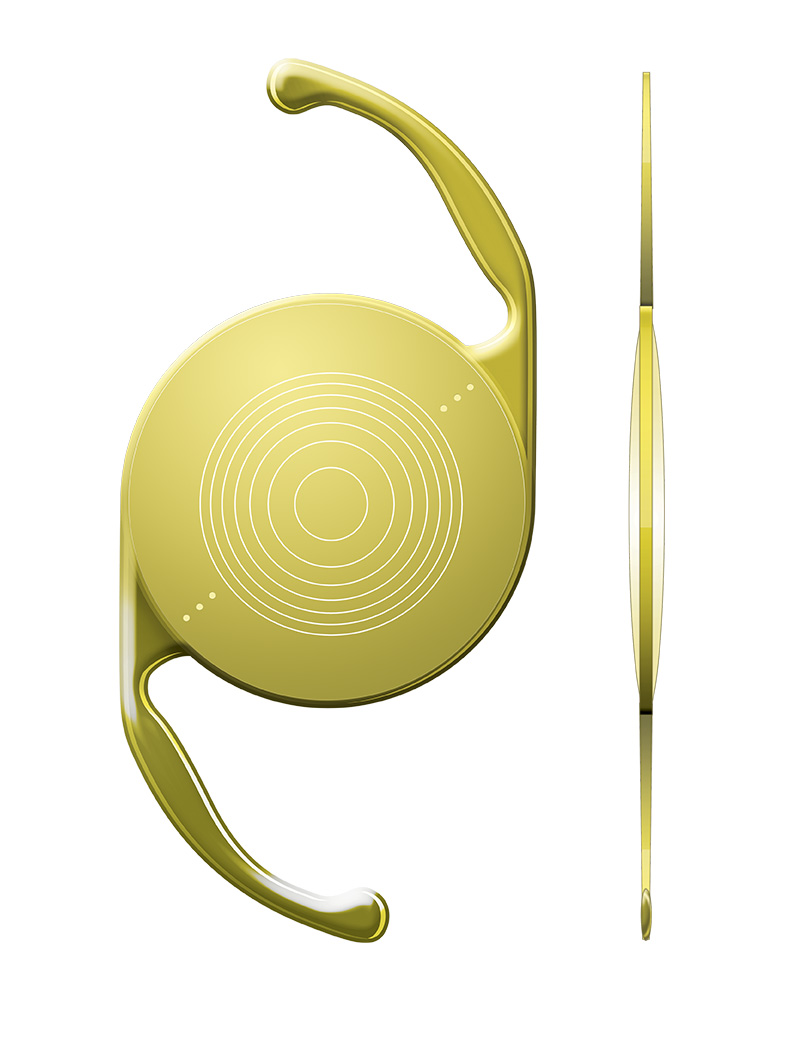
The Alcon Panoptix is also another Trifocal IOL and this is the Toric variant used to correct also the astigmatism. The toric alignment marks are visible and need to be oriented along the direction of the astigmatism in order to correct it properly.
Dr Borasio is an expert in astigmatism vector analysis, planning and correction, having published seveal articles on this topic and having developed himself apps and software for astigmatism management (more details below).
Corneal Transplantation
Dr Borasio has vast experience in corneal transplantation having performed over 400 keratoplasties. All treatment modalities available, including PK (penetrating keratoplasty), DALK (big bubble, deep anterior lamellar keratoplasty), DSAEK, EK (endothelial keratoplasties).
Keratoplasty can now be done with the Femtosecond laser for greater accuracy in the cut and potentially better donor-recipeint match.
Dr Borasio has also patented two new very promising laser cut modalities for femtosecond laser keratoplasty.
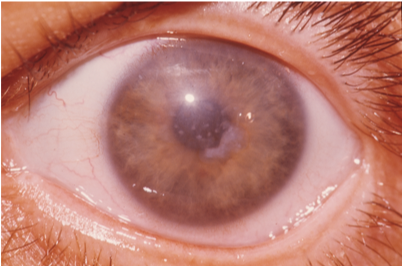
Corneal opacities (granulat dystrophy) affecting the vision. In these cases corneal transplantatin may be required.
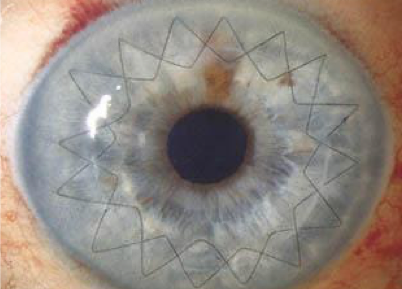
The donor cornea is held in place by different types of sutures, including continuous suture, double antitorque continuosu sutures (depicted) or interrupted sutures in higher risk cases.

According to the layer of the cornea which is affected, different corneal transplants techniques can be utilized: B) Penetrating keratoplasty (all layers are replaced); C) Deep Anterior Lamellar Keratoplasty, DALK (a significant layer of stoma is left, which can sometimes affect postoperative visual acuity; D) Deep Anterior Lamellar Keratoplasty Big Bubble Technique at Descemet Membrane level (no residual stroma left, best possible vision achievable); E) Endothelial Keratoplasty with residual stroma left (DSAEK-DSEK); F) Pure Endothelial Keratoplasty with only the Descement Membrane left.
Keratoconus Treatment
Due to the high prevalence of this pathology in the region, Dr Borasio has very large experience in treating Keratoconus. All procedures are available, including Collagen Cross Linking (CXL) which is ideal in the early stages; Femtosecond Laser Intracorneal Rings implantation (Ferrara, Keraring, INTACS SK) which is more suited to moderately advanced stages; DALK and PK corneal transplantation which is reserved to very advanced stages.
Some eyes are suitable for simultaneous Laser correction (by means of Corneal Topography-Based Wavefront LASEK) + Collagen Cross Linking.
Toric ICL sometimes can be implabted in stable cases. Contact Lenses (Hybrid, Rigid Gas Permeable, Scleral) are also avaialble as a non-surgical option.
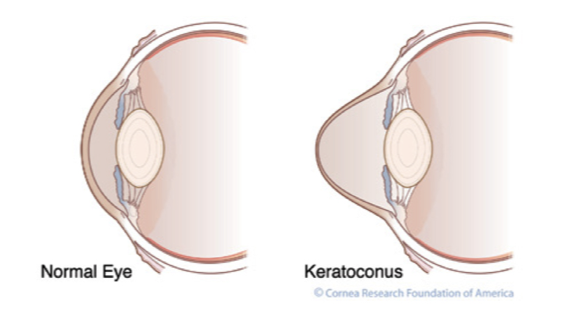
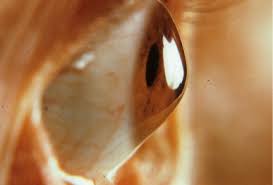
In keratoconus the cornea is weakened and it progressively bulges forward making the vision distorted.
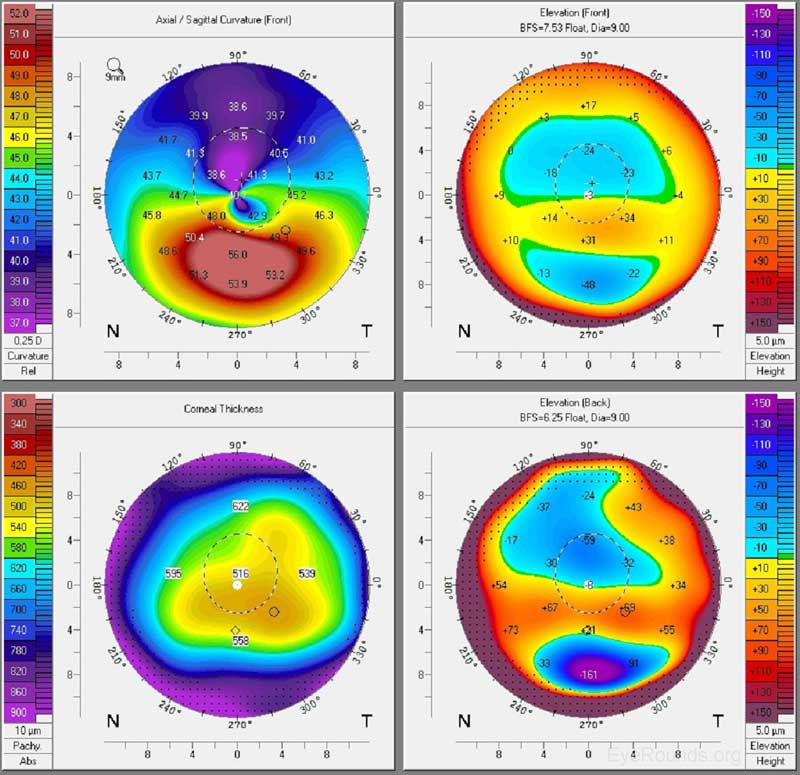
Preoperative assessment with the latest Corneal Topography devices such as the Oculus Pentacam HR is essential for diagnostic purposes and to devise the correct surgical plan, especially for intracornal rings.
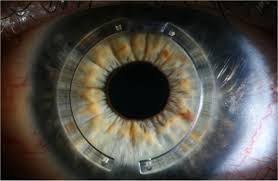
An eye with keratoconus treated with Femosecond laser INTACS intracorneal rings which flatten the cone and reduce the astigmatism.
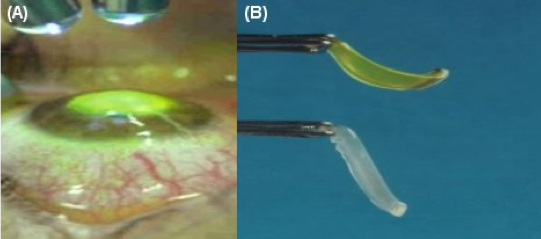
In early keratoconus cases where the vision is still good, simple Collagen Cross Linking (CXL - C3R) is the ideal therapeutical choice. The treatment consists in soaking the cornea in Riboflavin (Vitamin B2) and then shining a safe UV light source on the cornea to make it stiffer. Differently from the rings, the CXL treatment does not reduce the astigmatism.
In some cases which progress despite one procedure, intracorneal rings and collagen cross linking can be done simultaneously or in sequence for added stability.
Cross linking can also be combined with topography-based surface ablations (LASEK) to reduce the cone.
Iris Claw Secondary IOL
In certain situations in which an additional artifical lens implantation is necessary and there is no longer capsular support, Iris Claw IOLs (Artisan Aphakia, Artian Toric) may be the ideal choice. The lenses are held in place by small claws that pinch the iris and typically they are implanted in front of the iris.
Dr Borasio has gained significant experiene in this procedure and can comfortably implant these lenses behind the pupil (retro-pupillarily) for a better protection of the corneal endothelium and a better cosmetic result. Implantation is complex and Dr Borasio is officially certified by OPHTEC, the mother company of theses lenses.
Recently also Carlevale lenses have become available, which require smaller incisions.
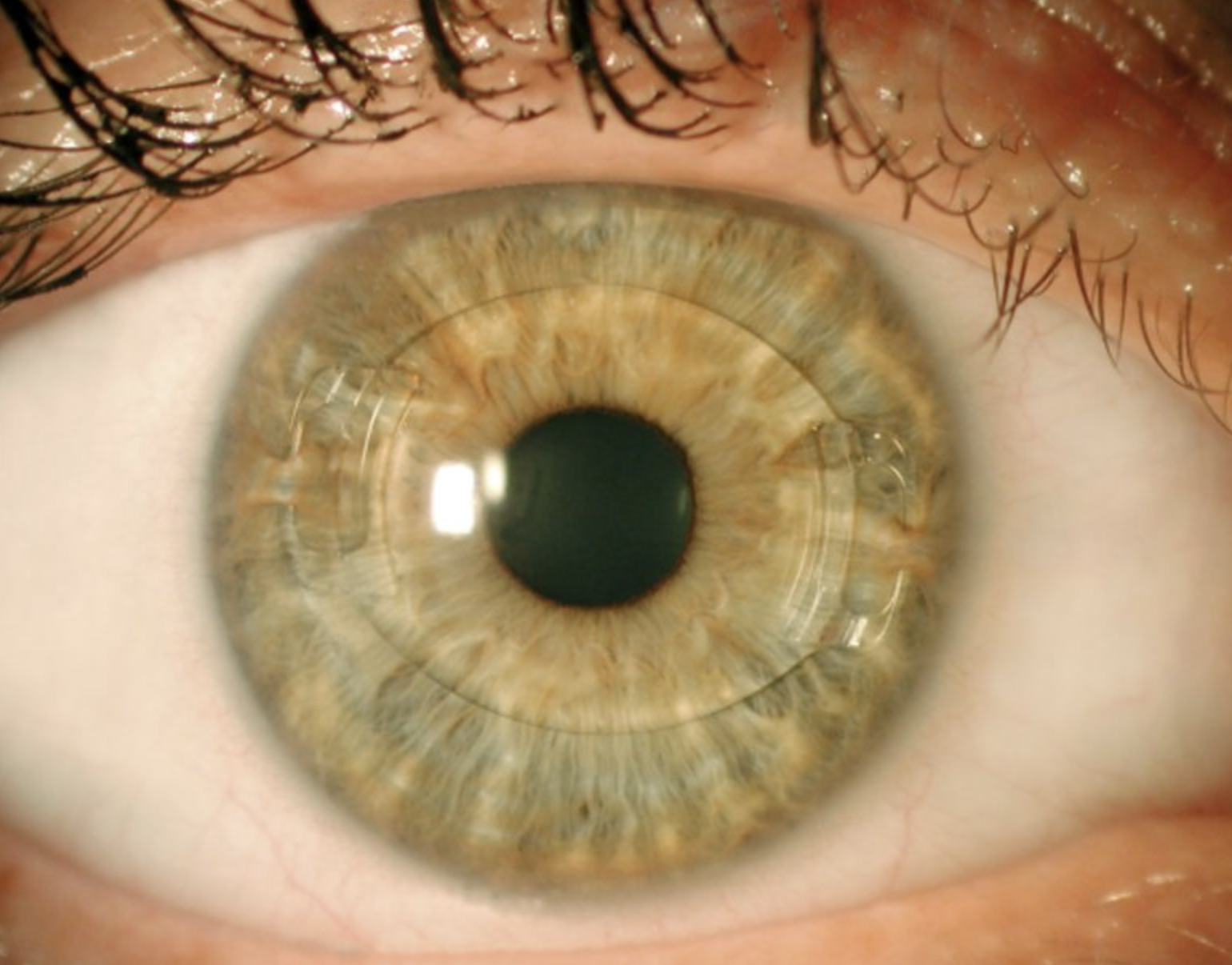
Artisan Aphakia implanted in front of the pupil.
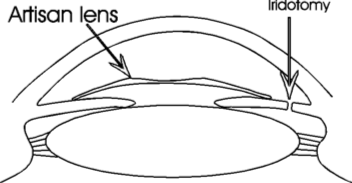
Iris reconstruction
In cases where the pupil is irregularly shaped due to damage to the iris sphincter or in thoses cases where the iris is completely absent (congenital aniridia or from trauma), pupil reconstruction (pupilloplasty) or implantation of an artificial pupil diaphragm may be necessary.
Dr Borasio is experienced in the use of the latest devices such as scleral fixated aniridia implants.
For the best cosmesis, Humanoptics Dr Shmidt artifical iris is also available, the color of which can be fully customized to match the fellow eye.
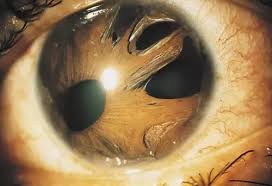
A case of ICE syndrome (Irido Corneal Endothelial dystrophy) resulting in multiple openings in the iris (polychoria). Patients are bothered by monocular diplopia (double vision).
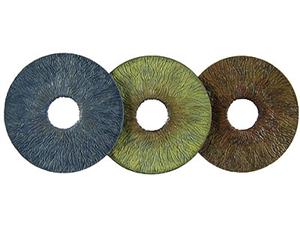
In cases of major iris trauma or complete iris loss, artificial irides can be sutured inside the eye with excellent cosmetic results, however the development of secondary glaucoma after these implants is not uncommon, therefore suitability needs to be carefully evaluated before proceeding.
Pterygium excision
If you notice a whitish growth in the corner of your eye which is frequently getting red, chances are that it may be a pterygium. Typically this is due damage to the eye from excessive exposure to UV light and it can be trated very effectively.
Dr Borasio uses a sutureless technicque for pterygium excision with conjunctival autografting which is painless and carries a very high success rate and the lowest risk of recurrence.
In the most extreme and recurring cases adjuvant medications such as Mitomycin C or additional procedures such as cryoablation or application of amniotic membrane can be used.
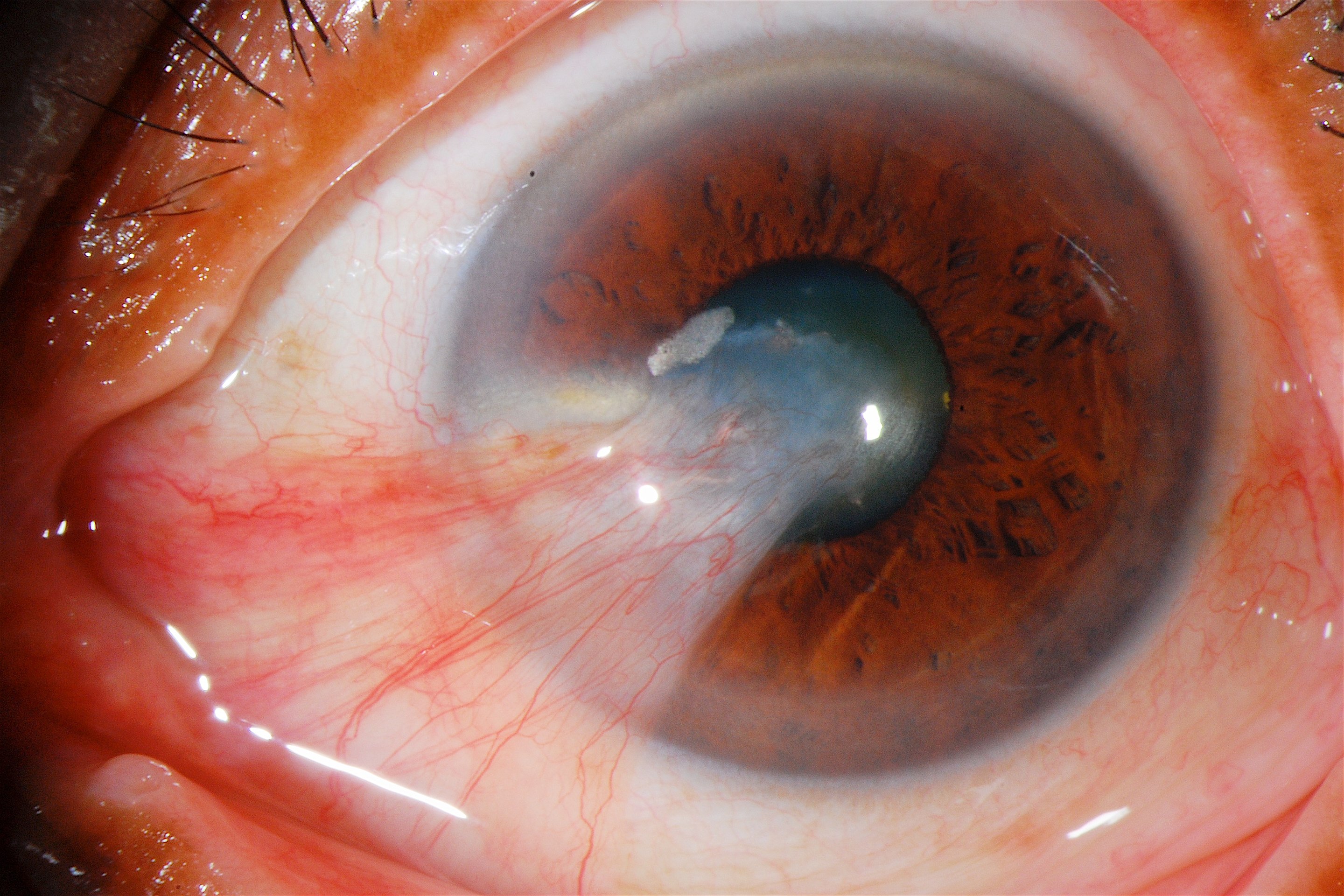
A case of advanced pterygium already affecting the visual axis. Once removed, it will still leave a scar in the middle of the cornea and the vision will be affected. For this reason it is important that the lesion is removed as early as possible, when still limited to the periphery of the cornea.
Peripheral lesions have no impact on the vision. The more central the lesion is the more it will cause a change in the astigmatism when removed and glasses may need to be changed.
In extreme central cases anterior lamellar corneal transplantation (sometimes with the femto laser) may be required to re-establish the vision completely.
Dr Borasio only receives at:
EYE PRO
Studio Oculistico
Via Carlo Giordana 5, Torino, Italy
Tel: +39 392 7231024
dr@edmondoborasio.com
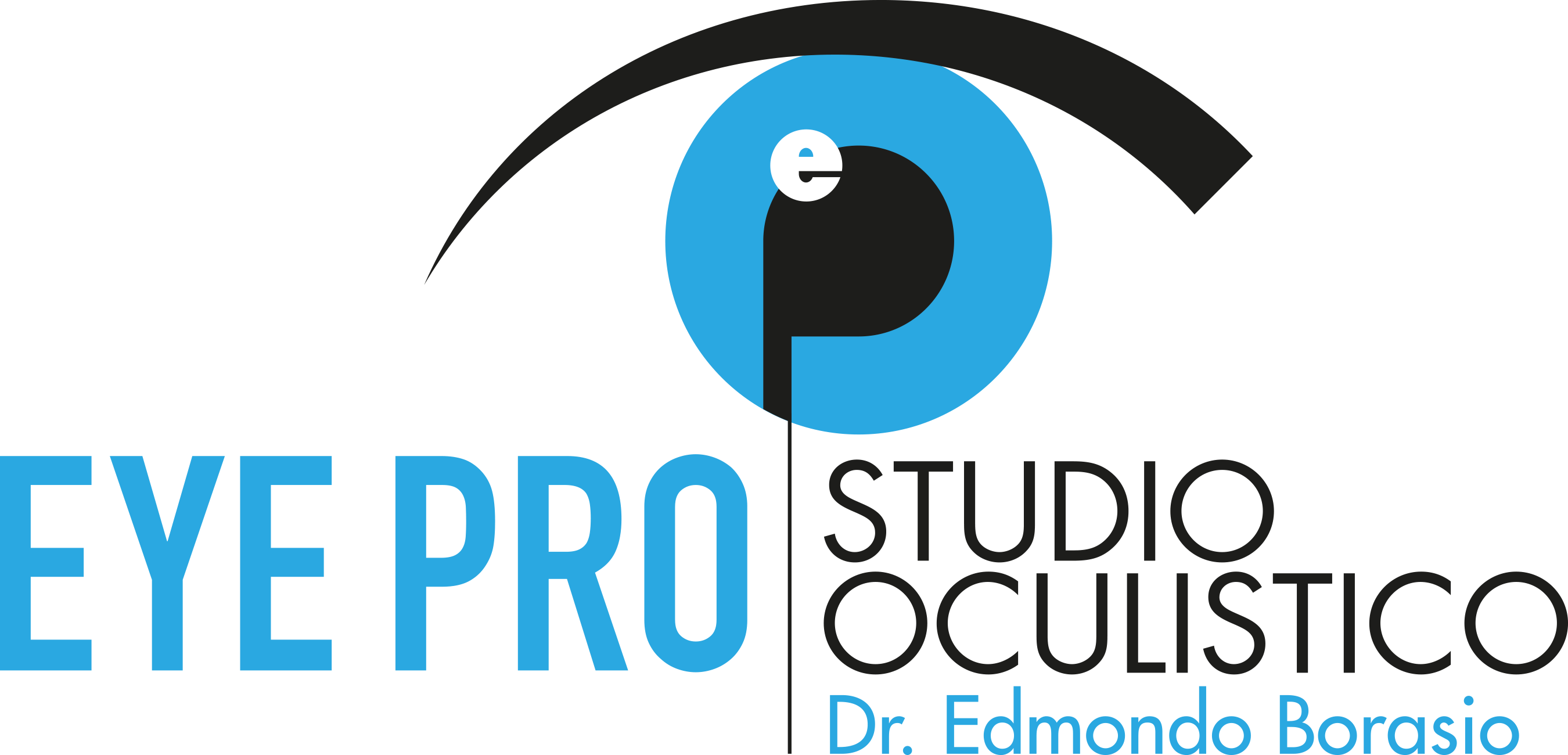
About Dr Borasio
Curriculum VitaeFor professionals
PC Software for OphthalmologistsiOS Apps for OphthalmologistsPost LASIK Biometry ConsultationProcedures
Laser Vision CorrectionLaser Cataract SurgeryClear Lens Exchange
Presbyopia correction
Astigmatism Correction
Multifocal IOLs
ICL Phakic lens implantationKeratoconus management
Corneal Transplantation
Pterygium excision
Iris reconstruction
Intravitreal Injections (aVEGF)YAG laser capsulotomyYAG laser iridotomyYAG laser vitreolysis (floaters)SLT laser (glaucoma)Argon laser (retina)

